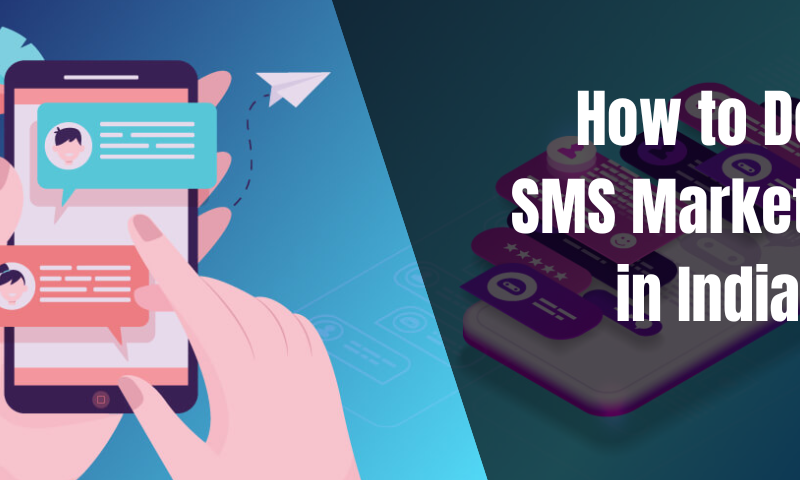
An Introduction to Partnership Marketing
Marketing tactics and techniques are always evolving. And as technology advances, so do the ways businesses advertise their products and services. One of the most trusted ways of growing a business is building relationships or partnerships with other firms. Marketing partnerships help businesses grow. Like any other marketing strategy, partnerships also evolve. As long as the best practices are followed, partnership marketing is one of the fastest-growing marketing strategies.
The best part about a partnership is it can effectively increase brand awareness, reach new audiences, improve lead generation, and grow the brand’s customer base. Moreover, partner marketing initiatives work well as a B2C or B2B marketing strategy, and can be used to enhance physical or digital marketing efforts.
Partnership marketing involves any strategic collaboration between two businesses, or between a business and an individual with a significant personal brand, where both parties work together to accomplish mutual goals. These goals may include creating brand awareness, generating leads, or increasing sales via new channels.
Before diving deep, one must understand the types of partnership marketing. This is important as partner marketing is an umbrella term. To have good results with the partner marketing efforts, it’s important to select the right type of partnership or partnership for the business. Let’s have a look at those types:
*Affiliate marketing: With affiliate marketing, brands partner with relevant bloggers, social media influencers, or other content creators who the audience sees as trusted authorities. These partners, known as affiliates or affiliate marketers, promote businesses on their own channels with content marketing. They place affiliate links to a business on their website, blog, or social media page. Then, every time someone makes a purchase via their link, the affiliates get paid a commission.
*Channel partner marketing: Channel partners are any third-party businesses or individuals that help market and sell products or services to wider audiences and new geographic areas. Channel partners include distributors, retailers, resellers, and wholesalers who purchase multiple quantities of products to sell in their own marketplaces. They also include individual brokers or agents who help establish partnerships with the brand on behalf of other businesses.
*Referral partnerships: Referral partners already have first-hand experience with brands. They recommend products or services to people they have existing relationships with, in exchange for commissions on every sale. Although referral partnerships may bring in smaller quantities of leads than other partnerships, the recommendations they make are especially powerful. Referred leads trust their referral partners’ words because of their existing relationship. So, these leads are highly likely to purchase from the brand and more likely to remain loyal customers for longer periods.
*Strategic alliances: A strategic alliance is a carefully selected partnership between two businesses that share the same values. Each business stays independent, but both businesses pool their resources together to reach new audiences, strengthen both brands and accomplish mutual goals that they might not be able to reach on their own.
*Non-profit partnership marketing: Many brands form partnerships with non-profits. The non-profit gains a new avenue to raise money and awareness, and the for-profit business gains a point in its audience’s eyes for advancing a charity or social cause. Non-profit partnerships have the potential to work well for any business, as long as the partnership aligns with the brand’s values and feels natural to the audience.
*Brand ambassador programs: Brand ambassador programs count as a type of partner marketing because they provide a mutual benefit to a company and to an ambassador’s personal brand.In an ambassador program, a brand forms long-term partnerships with trusted authorities. These authorities, known as ambassadors, promote the brand to their followers online and in person, using their own content channels. An ambassador program is different from an affiliate program, even though both rely on partnerships with influential, trusted individuals. An ambassador’s priority is to form genuine relationships with the audience and share how the brand fits into their daily lives.
*Content Partnerships: Brands work together to create and produce content. Sometimes one brand produces the content and the other distributes it. Other times, the entire project is a collaboration.
*Licensing: One brand sells the use of its products and brand image to another. The seller indicates which brand assets the purchaser is allowed to use, and the purchaser gains the benefit of the original brand’s marketing power and reputation.
*Product Placement: Product placement partnership marketing includes things like a box on a shelf with a brand name or something more direct like a mention of a brand product while doing a laundry scene. Celebrity endorsements can also count as product placement partner marketing.
*Sponsor Partnerships: Sponsorship partnerships associate a brand with an event or team with the goal of overall improving brand recognition and reputation. By liking a certain team or cause, it’s more likely that brands will attract some of the same customers to the company. It’s a strong contender for effective marketing campaigns.
Partner marketing involves recruiting trusted people to promote business to new audiences, and to accomplish mutual goals. Partner marketing takes many forms, including affiliate marketing, strategic alliances, channel partner programs, and signing on brand ambassadors. No matter which type of program is chosen, it is important for the best marketing and advertising agencies to ensure that both parties mutually benefit from the partnership.



